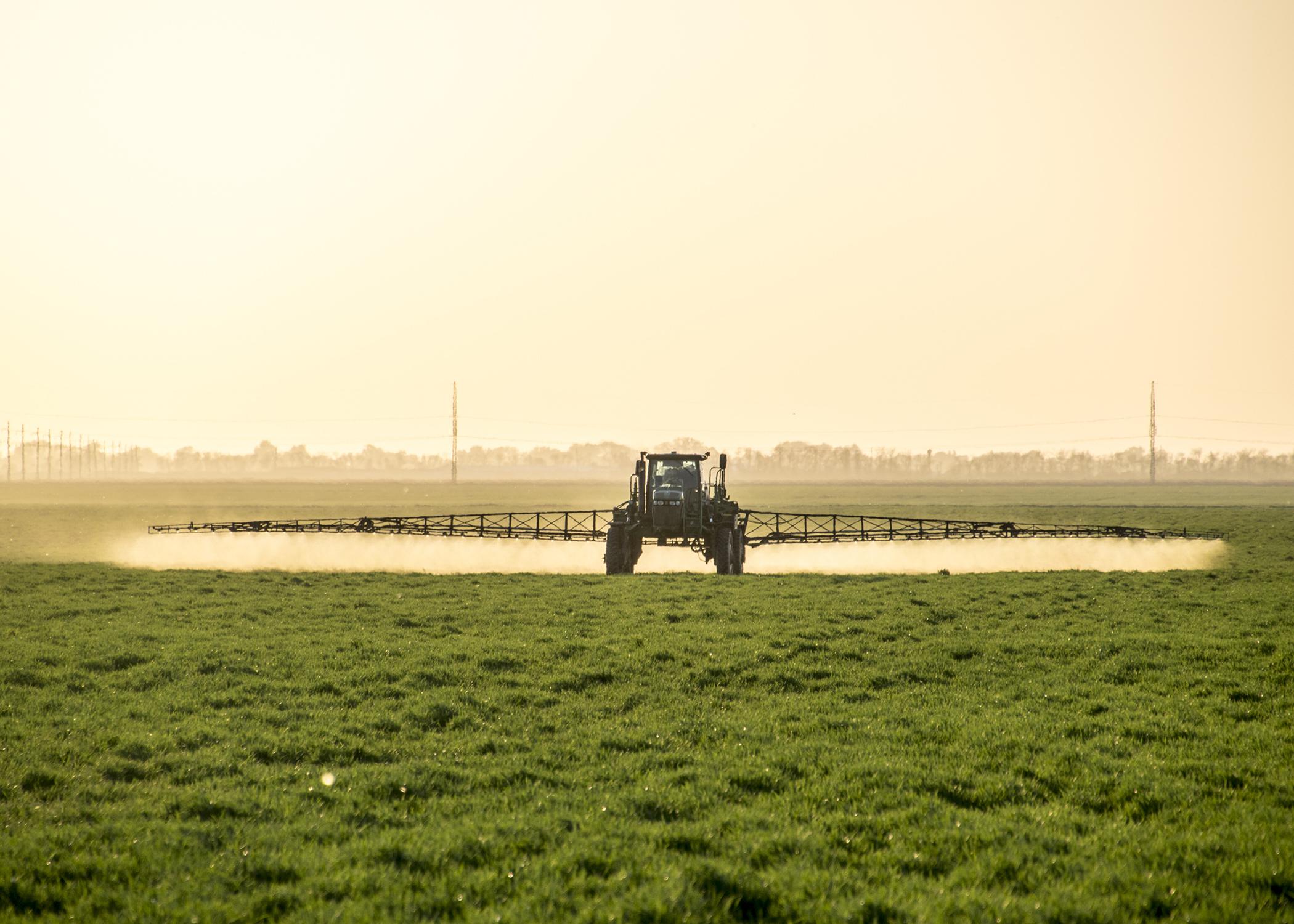Careful management helps offset high fertilizer costs
STONEVILLE, Miss. -- Agricultural producers hoping for some relief from recent high fertilizer prices are not likely to find it in 2023.
Brian Mills, Mississippi State University Extension Service ag economist at the Delta Research and Extension Center in Stoneville, said fertilizer prices are expected to remain at 2022 levels.
“We do have good, high crop prices, and with high crop prices, you usually see input costs stay high and go up,” Mills said.
Darrin Dodds, head of the MSU Department of Plant and Soil Sciences, said increased fertilizer prices typically result in reduced fertilizer application.
“While this is cost-effective in the short run, in the long run we potentially mine the soil of vital nutrients,” Dodds said. “We must keep in mind that investment in soil fertility should be a long-term strategy, and that maintaining adequate levels of soil nutrients is critical to optimize production.”
Although current fertilizer prices are higher than they have been in recent years, they are not at record levels. Input costs were just as high in 2013 and 2008. An extra challenge is that when fertilizer prices began to inch up in fall 2021, inflation caused a lot of equipment prices to go up, too.
Mills said there is no single cause for the high input costs, but it is rather the result of a combination of factors.
“Supply chain issues have been a big thing, delays in imports mean we’ve not been able to get some of these inputs in a timely manner, and high natural gas prices usually correlate to high fertilizer prices,” he said.
Mills said U.S. farmers use about 33% of the world’s supply of fertilizer. A big factor in prices today is the continuing war in the Ukraine.
“Russia’s invasion of Ukraine pushed prices up because when they attacked Ukraine, they cut back on their fertilizer exports, and the U.S. cut back on our imports from Russia,” Mills said. “Russia exports about 16% of the world’s fertilizer, so this reduced the world’s supply of fertilizer.”
Mills said the best response to high fertilizer costs is careful management.
“Soil sampling every three years lets you know what nutrients you have available in your soil so you can apply fertilizer at the current rates and not apply more than you need,” he said. “Then make sure you make your crop budgets so you know how much each crop will cost you.”
Crop budgets based on each farm’s specific data allow growers to know when to switch to a lower input crop and what crops will make the most money under the current financial situation.
“Every farm is different, so every farmer needs to analyze their situation to figure out what is the best path for them,” he said.












